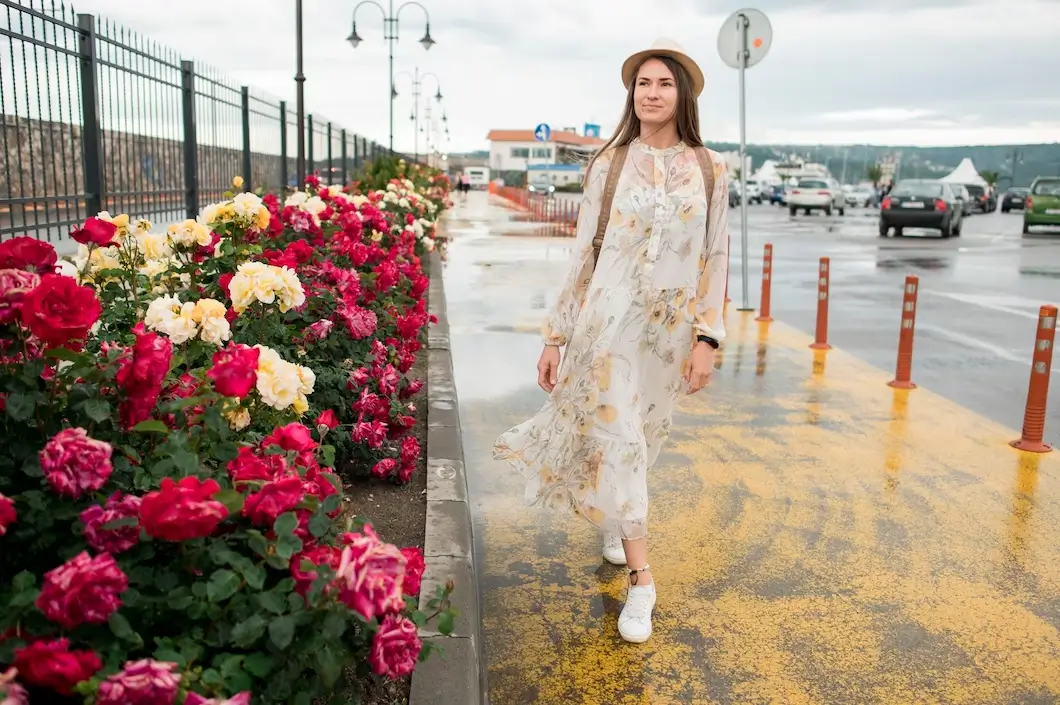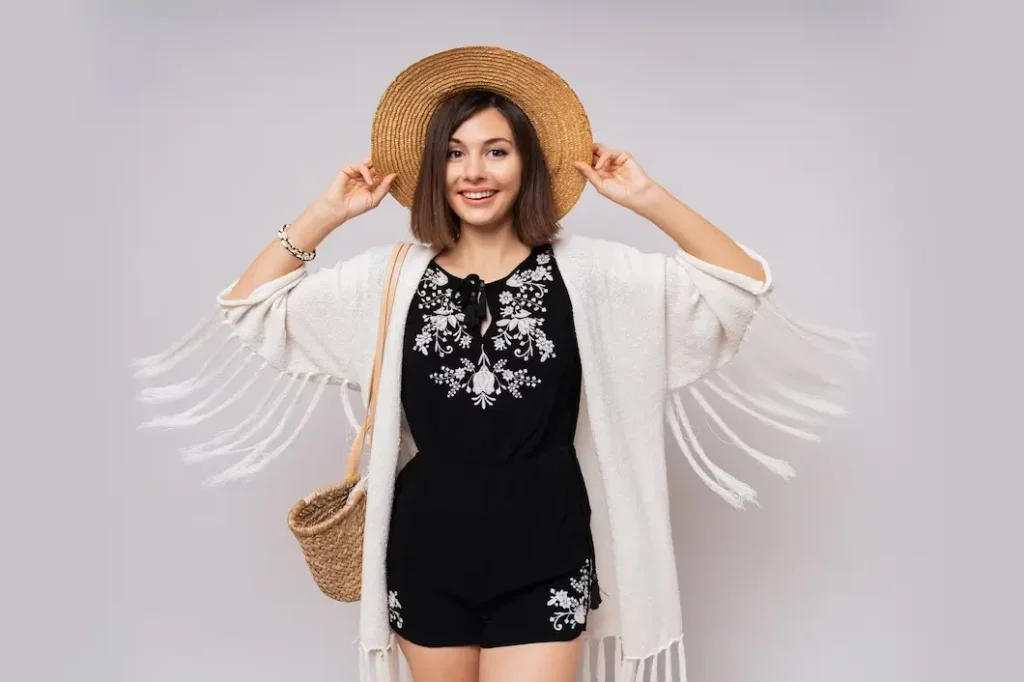How To Dress For Different Seasons and Climates: Ultimate Guide

The seasons and weather conditions change throughout the year. This is one of the most prominent factors affecting your wardrobe. The primary purpose of this article is to help you dress for different occasions and seasons.
Dressing appropriately for the right occasion is of prime importance. This is particularly important for online shoppers who buy clothes online. This is because they can easily get deceived by poor-quality stock or fraudulent websites.
Dressing for different seasons and climates can be challenging, as the weather often changes quickly and unexpectedly. However, with a few basic guidelines, you can be ready to enjoy the outdoors in style and comfort, no matter the season or climate.
From layering your clothes to choosing the right fabrics, this article will provide tips and tricks to stay comfortable and fashionable, whatever the temperature.
1. Summer
Summertime is here, and it’s time to start dressing for the season and the climate. When the temperature rises, it’s essential to wear lightweight fabrics and light colors to help keep you cool and comfortable. Cotton and linen are ideal fabrics for regulating your body temperature in the summer heat, while light colors such as white and pastels will reflect the sun’s rays away from your skin. To ensure you stay cool and comfortable during the summer, look for clothing with a loose fit.
In addition to stylish summer clothing, remember to accessorize with a hat and sunglasses to protect your face from the sun’s harmful rays. Wearing a wide-brimmed hat and sunglasses with UV protection will help protect your skin from sun damage. Plus, they can add a stylish touch to your summer look.
When looking for summer clothing, it’s also important to consider the climate of your area. For example, if you’re in a tropical climate, light and airy fabrics such as cotton and linen are great for keeping you cool, while darker colors such as navy, black, and brown will absorb the sun’s rays and keep you warm. On the other hand, if you live in a cooler climate, heavier fabrics such as wool and tweed will keep you warm and look stylish at the same time.

2. Winter
Winter is the year to bundle up and add layers to keep warm and comfortable. When the temperature drops, choosing the right clothing and accessories is essential to protect yourself from the elements. To stay warm, dressing appropriately for the season and climate is key.
In the winter months, it’s important to dress in layers. Start with a base layer made of a moisture-wicking fabric, such as polyester, to draw sweat away from your skin and keep you dry. For the middle layer, choose an insulating material like wool or fleece for extra warmth. Lastly, an outer layer must be waterproof and windproof, such as a coat or jacket, to shield from the wind and cold.
Don’t forget to accessorize! Scarves and gloves will keep your head and hands warm and protected. Hats, hoods, and earmuffs will keep your head and ears warm. When it’s cold outside, you can try layering multiple pairs of socks and wearing waterproof boots to keep your feet dry and warm.
Winter season has just begun, and if you want to update your wardrobe, you should consider investing in a no-iron shirt. No-iron shirts are an excellent option for staying fashionable and comfortable throughout the colder months. Buy it online – beste strykefrie skjorte.
3. Rainy
Rainy days can be challenging, especially if you’re not properly dressed for the season and climate. That’s why choosing the right clothing for the wet and wild weather is important. Layering is the key to staying comfortable and dry in rainy conditions. Start with waterproof materials such as nylon, polyester, or other fabrics designed to keep you dry, even in the heaviest rain. A windbreaker over your jacket will also provide an extra layer of protection.
Regarding your feet, look for shoes with rubber soles and waterproof uppers like rain boots or hiking boots. This will help keep your feet dry and comfortable while you’re out and about. If you’re planning to be out in the rain for a long time, consider investing in a pair of waterproof socks to keep your feet dry.
Remember to accessorize your look on rainy days with a hat, sunglasses, and/or umbrella. This will help keep you dry while still looking stylish and chic. And lastly, remember to stay hydrated! Keeping your body hydrated will help you regulate your body temperature and provide an extra layer of insulation.
Dressing for the season and climate is a must for rainy days. With the right materials and accessories, you can stay dry and comfortable during those wet and wild days ahead.
4. Humid
Humidity can be particularly uncomfortable, and choosing clothing made of breathable fabrics is important. Natural materials like cotton, linen, and silk are great options, as they help to wick away moisture and keep you cool. Synthetic fabrics trap heat and moisture, making you more uncomfortable, so avoiding them on hot and humid days is best. If you need an extra layer of protection, look for lightweight, breathable jackets and sweaters.
Layering is an excellent way to dress for the season and climate. Choose a tank top or thin, lightweight t-shirt made of a breathable fabric such as cotton. You can then add a lightweight, breathable blouse or cardigan. This is the ideal base layer for humidity and will help to keep you cool and comfortable. Throw on a lightweight jacket or sweater for added warmth and protection from the elements. Be sure to choose something made from a breathable fabric that won’t trap moisture and heat.
Choosing to clothe that will help you stay cool in the humidity is also important. Look for lightweight, breathable fabrics that will help keep you cool and comfortable. Natural materials such as cotton and linen are great options, as they help to wick away moisture and keep you cool. Avoid synthetic fabrics as they trap heat and moisture, making you more uncomfortable.
In Short
Dressing for different seasons and climates can be a challenge, but with the help of this guide, you can arm yourself with the knowledge you need to be prepared for whatever Mother Nature has in store. By considering the weather conditions, the occasion, and the type of fabric, you can look stylish and stay comfortable no matter what the season or climate.






